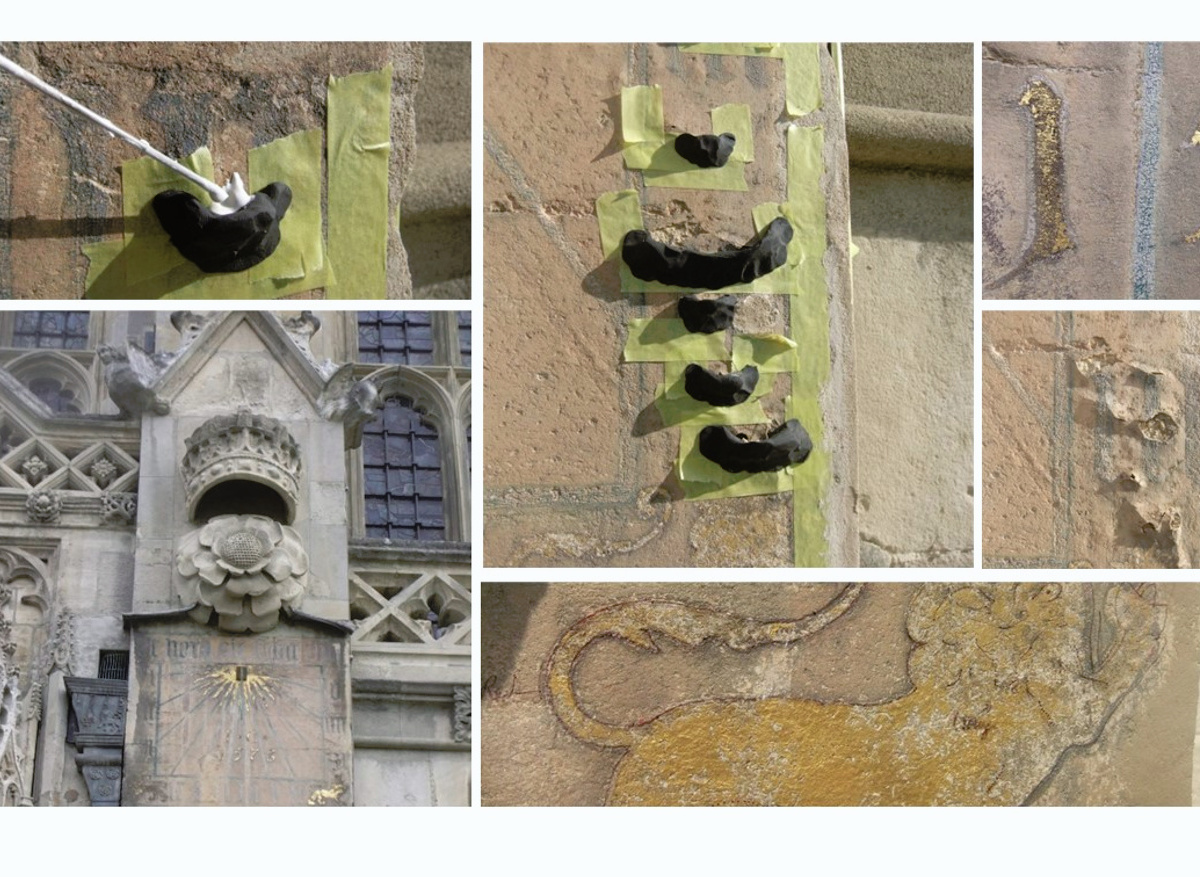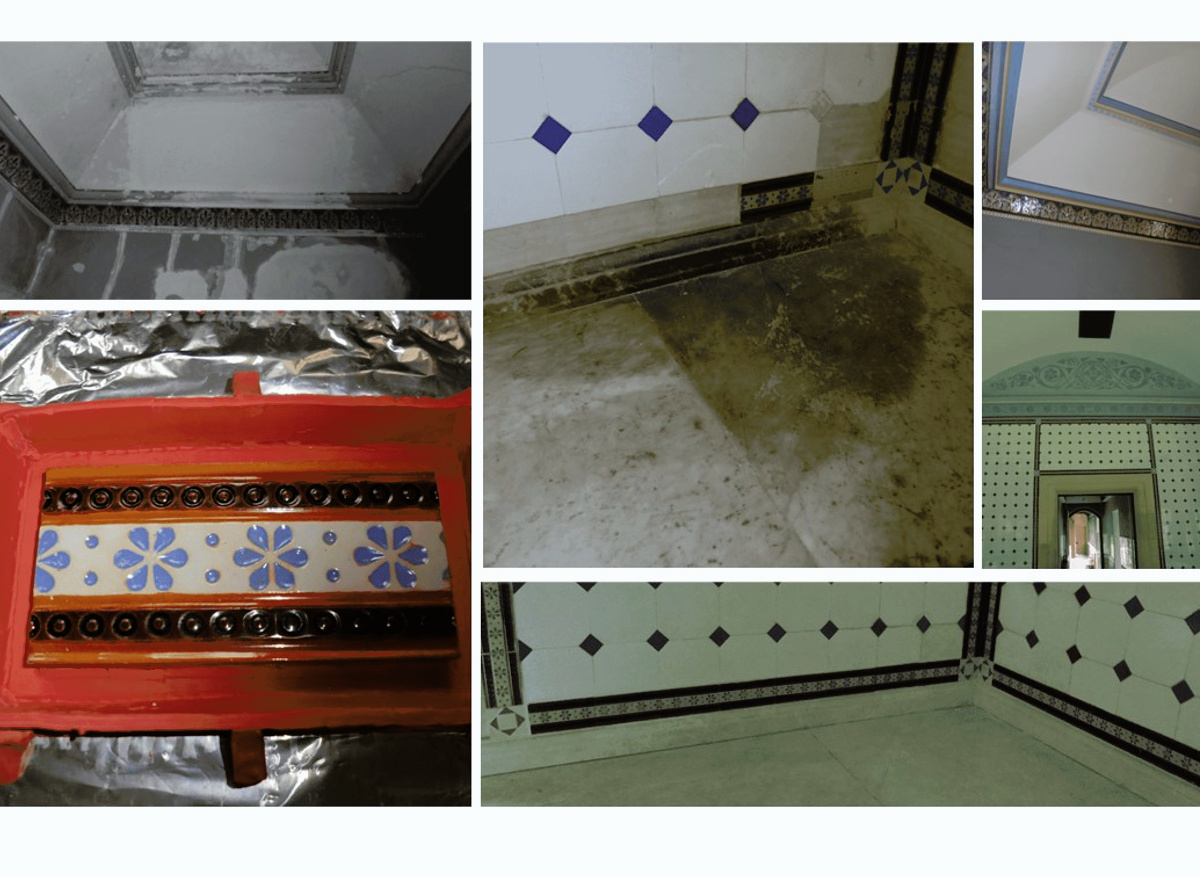Matthew Beesley ACR is a seasoned stone conservator with over 30 years of experience, including senior roles at Westminster Abbey and Chichester Cathedral. His expertise spans historic materials and innovative conservation techniques, with a focus on eco-friendly treatments and scientific analysis.
During my formative years in conservation following initial training, I worked in several leading UK conservation practices as senior conservator in studio, museum, and architectural sectors, including senior conservator at Westminster Abbey/Henry VII Chapel (1993-1996), Chichester Cathedral (1994-1997). Over a 30 year period, I have undertaken continual professional development courses and seminars in UK, Europe and U.S., covering a range of materials including ceramics, glass, gilding, metals, plasters, scagliola/tadelakt/Venetian renders, paper, prints, wood, fibres,microscopy and analysis, testing and data-logging, printing, marbling, woodgraining, and historic painting methods in both western and eastern traditions. Details may be provided. My continual practice in painting, printmaking and carving, enables me to utilise and monitor conservation materials and principles in new works, leading to further understanding of their behaviour and protection in diverse historical environments. Prior to conservation training, I worked in the UK and Germany (Cologne Cathedral),as a mason, carver and lettercarver on stone types including: granite, basalt, alabaster, slate, marble, sandstone and limestone. I also founded a ceramics/pottery studio for blind people, teaching for four years, on a voluntary basis, 1983-1987.
Research Papers:
- Concentrations and distribution of gypsum in two weathered limestone figures, using XRF and electron microprobe analysis, line scan for calcium and sulphate across a cross-section of the stone. Collaboration with Brian Singer and Michael E Dreary, School of Applied Science, Northumbria University 2007.
- Application of Faro Laser Scan to quantify surface effects following cleaning by diverse cleaning methods including laser ablation, steam, micro abrasion and poultices. Kings College Cambridge, The Gibbs' Building, 2017.
- English Heritage Problem Stones Conference 2007. Purbeck Marble and Clunch, decay mechanisms, novel treatments and historical repairs.
- West Dean College 2010, Conservation of Historic Floors Coarse. Medieval lime-ash/oak particulate floor screed, thermal properties; Decay characteristics and repairs to an 18th century micro-micaceous mudstone entrance hall floor.
Membership Details:
- International Institute for Conservation of Historic and Artistic Works (IIC)
- International Biodeterioration and Biodegradation Society (IBBS)
- Geological Curators Group (GCG)
- Royal Microscopical Society (RMS)
- Gemmalogical Association
- Member, National Biofilms Innovation Centre
Client testimonials
Thank you Matthew, for your research into the wonderful detail that is now on show in the revivication of the sundial. I am very happy to say that visitors to the Chapel are commenting upon and appreciating the elegance of your work.
Heather Lee
King's College Chapel, Cambridge Principle Steward


